What Is Tuning Fork Therapy? 3 Healing Techniques & Benefits
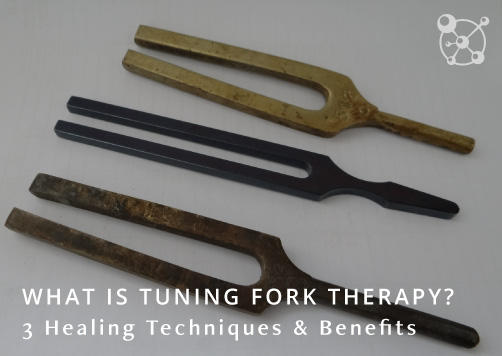
“Between the sound is silence, and this is where true transformation exists.”
Everything in the universe has a vibration and each vibration has its frequency. Tuning forks for healing use these frequencies to work a wonder of benefits for our bodies, minds, and souls. If you are feeling drained unexplainably or experiencing relentless back pain this article on tuning fork therapy will help shed some light on the topic.
Table of Contents
What is tuning fork therapy?
A tuning fork is an instrument typically made out of steel with two prongs. It plays pure tones tuned to the ancient solfeggio frequencies which are vibrational tones that can promote wellness in the mind, body, and spirit. They do so by clearing away blockages from your chakras and energy fields, creating energy flow. Tuning fork therapy would be a form of sound healing that can alleviate pain, balance emotions, and promote the overall energy of the physical body.
 How does tuning fork therapy work
How does tuning fork therapy work
The healing process of tuning fork therapy starts with the knowledge of acupuncture, knowing where the energetic pressure points are on the body, and how our chakras work. Placing the tuning fork on various areas of the body, playing specific frequencies to stimulate to reduce pain or increase circulation.
How to use tuning forks for healing
Tuning fork healing has a few techniques to choose from. Keep in mind that the unweighted tuning forks play a much clearer sound than the weighted ones.
Healing with tuning forks: 3 techniques
Tuning fork healing has a few techniques to choose from. Keep in mind that the unweighted tuning forks play a much clearer sound than the weighted ones.
Technique 1, Uses the 174 Hz Unweighted Tuning Fork
- Tap it lightly on a rubber mallet or a puck to activate the frequency.
- Hold the instrument over the problem areas of the body, not quite touching the skin. The clear tone of the unweighted tuning fork is good for outside the body.
- Use your rubber mallet to bring the frequency back to life once it dies down.
 Technique 3 Uses either the 128 Hz or the 136.1 Hz Tuning Fork.
Technique 3 Uses either the 128 Hz or the 136.1 Hz Tuning Fork.
- Startup the frequency by tapping it on a rubber puck or mallet, or anything similar.
- Place the tuning fork right up against the skin where the problem area is
- Enjoy the feeling of the vibration sinking in
- Restart the frequency when needed.
- Crystals like rose quarts can be attached to the end of the fork to resonate that specific energy.
Technique 2 Uses the weighted 128 Hz Tuning Fork and the 136.1 Hz Tuning Fork simultaneously.
- Tap the one tuning fork on your rubber puck and then quickly tap the other so they are resonating in a harmonic state.
- Hold both the tuning forks over the problem area of the body, without skin contact.
- Restart both frequencies as before when needed.
Tuning fork therapy benefits
There are many benefits to undergoing tuning fork therapy sessions which are essential for our well-being. Read further to find out how it can help you!
Pain Reduction
By placing a tuning fork over specific areas of the human body which is causing pain or discomfort and helps treat and alleviate the inflammation. It does so by playing specific frequencies which promote circulation.
 Emotional Balance
Emotional Balance
Tuning forks can help keep your feelings in check by eradicating negative energies and thoughts from your body and mind.
Relaxation
Tuning forks are notorious stress relievers. They put you into a deep state of relaxation through their vibrational healing.
Mental Clarity
By playing specific frequencies over the head can help to clear the mind. It does so because the mind can not help but resonate with the repetitive frequency emitting from the tuning fork.
Key takeaways about tuning fork sound therapy
I don’t know about you but the vibrational sound of tuning fork therapy is definitely one to be recommended. It can leave you in a state of euphoria, or have your body free of any pain. Next time you are considering sticking yourself with needles, you can consider the much more passive option, tuning fork sound therapy.
 FAQs
FAQs
What else is good for sound therapy?
Tuning forks are not the only form of sound therapy. There is also Tibetan singing bowl healing, gong meditations, crystal bowl therapy, or simply playing a prerecorded vibrational tone, tuned to the solfeggio scale, along with a guided meditation. Although that is optional.
How long does tuning fork therapy last?
It depends on each unique person. Some people need additional time when healing with tuning forks because their pain is more intense than others.
What are the best tuning forks for healing?
Any tuning fork which has been tuned to the solfeggio frequencies, which makes up an ancient 6-tone scale and said to be beneficial to our well=being.
What is the best tuning fork frequency for healing?
The Schumann resonance at 528 HZ, also known as the love frequency, or 528 HZ is the best frequency for healing.
Is there any sound therapy evidence?
Actual proof of the theory of sound healing is limited. Where it can not to proven, it can not be disproven.
Interested in becoming a QHHT Practitioner?
Find out how YOU can become a QHHT Practitioner. We offer an entire online course journey to get you started, growing, and achieving your goals.


Jade Small
I am a creative and a wanderer. Mysteries and connections are what inspire me to write. While on my path, my purpose is to bring you information to help inspire you on your journey on this place called earth.
See more from these categories
Read similar posts

Imagine a world where healing is done purely through energetic work. A world where synthetic medication is a thing of the past because now we can simply go visit a reiki healer or a QHHT practitioner. No longer will we need to pay for expensive medical aid where…Read More»

Your spiritual practice is not all crystals and moonlight. There are so many facets to our spirituality than what many people realize. Spiritual disciplines are can help us develop greater awareness of our inner selves and our place in the world. They can help us overcome negative patterns and habits, and…Read More»

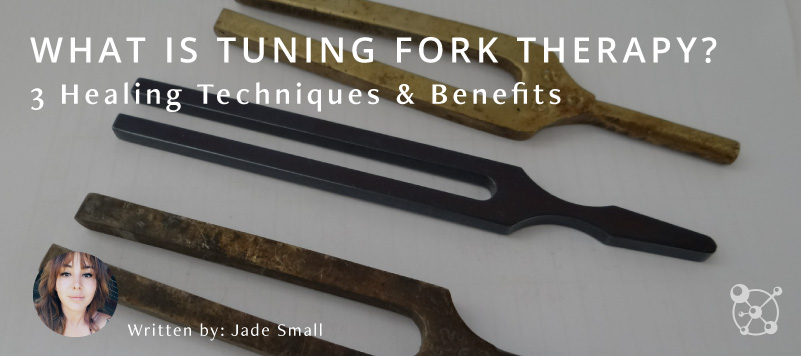
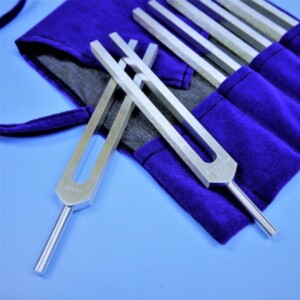 How does tuning fork therapy work
How does tuning fork therapy work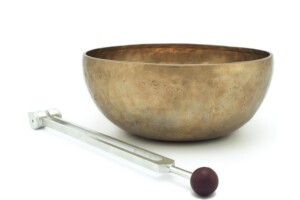 Technique 3 Uses either the 128 Hz or the 136.1 Hz Tuning Fork.
Technique 3 Uses either the 128 Hz or the 136.1 Hz Tuning Fork.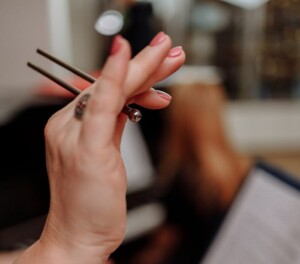 Emotional Balance
Emotional Balance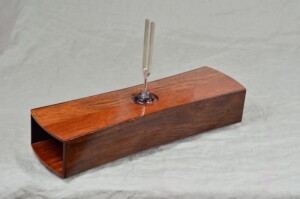 FAQs
FAQs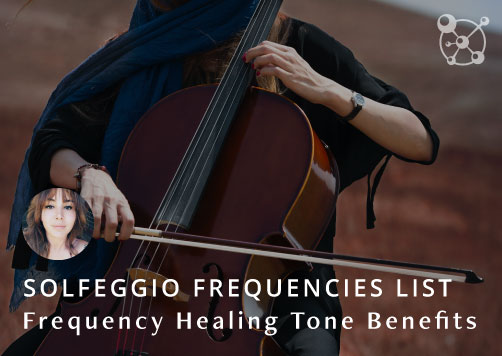

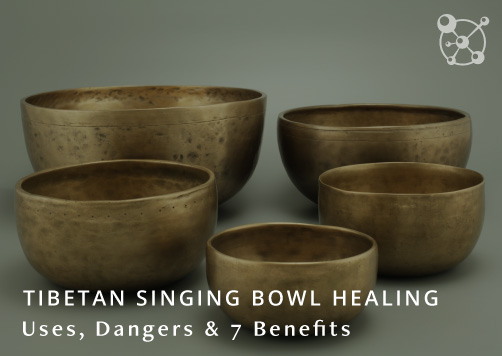





Responses